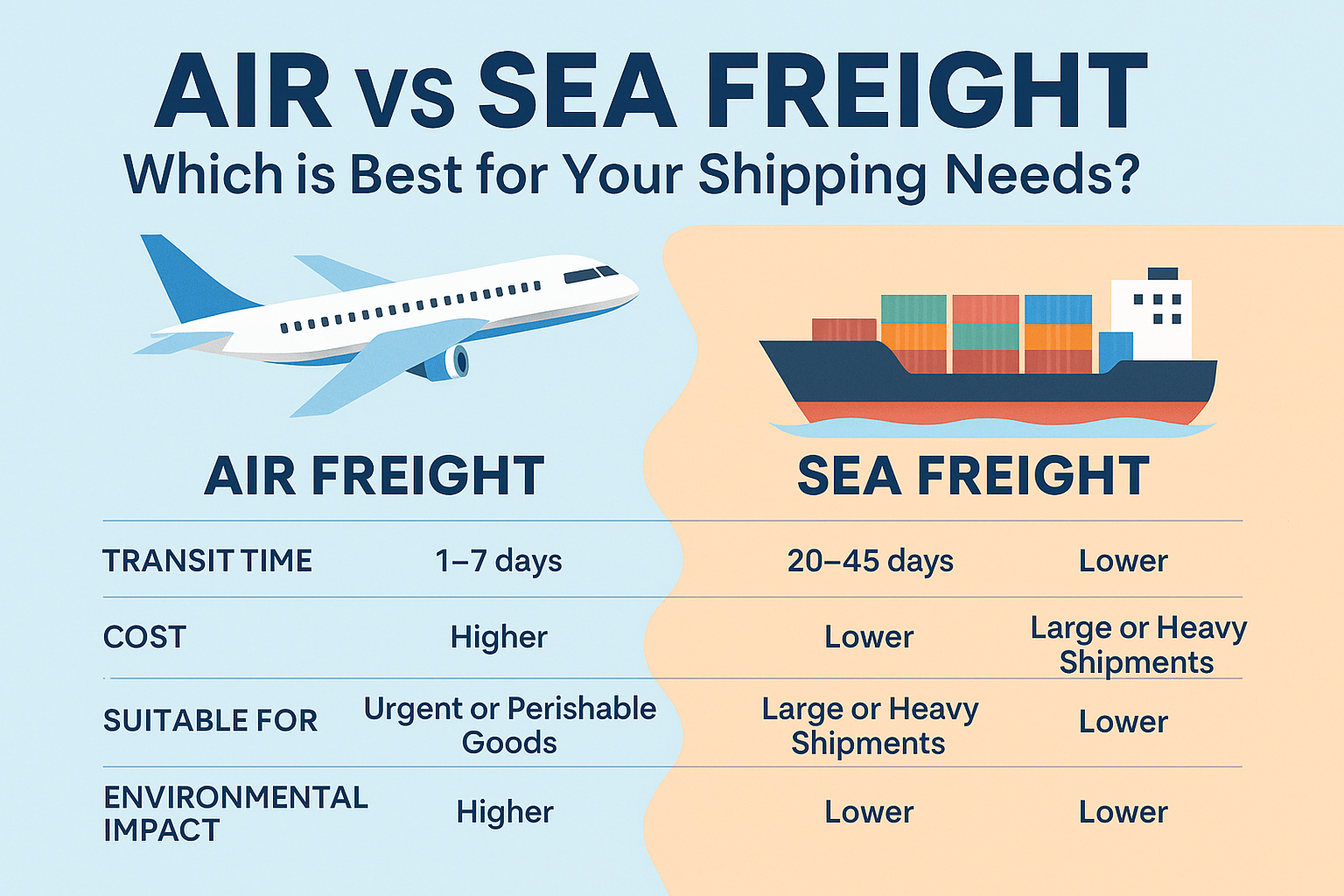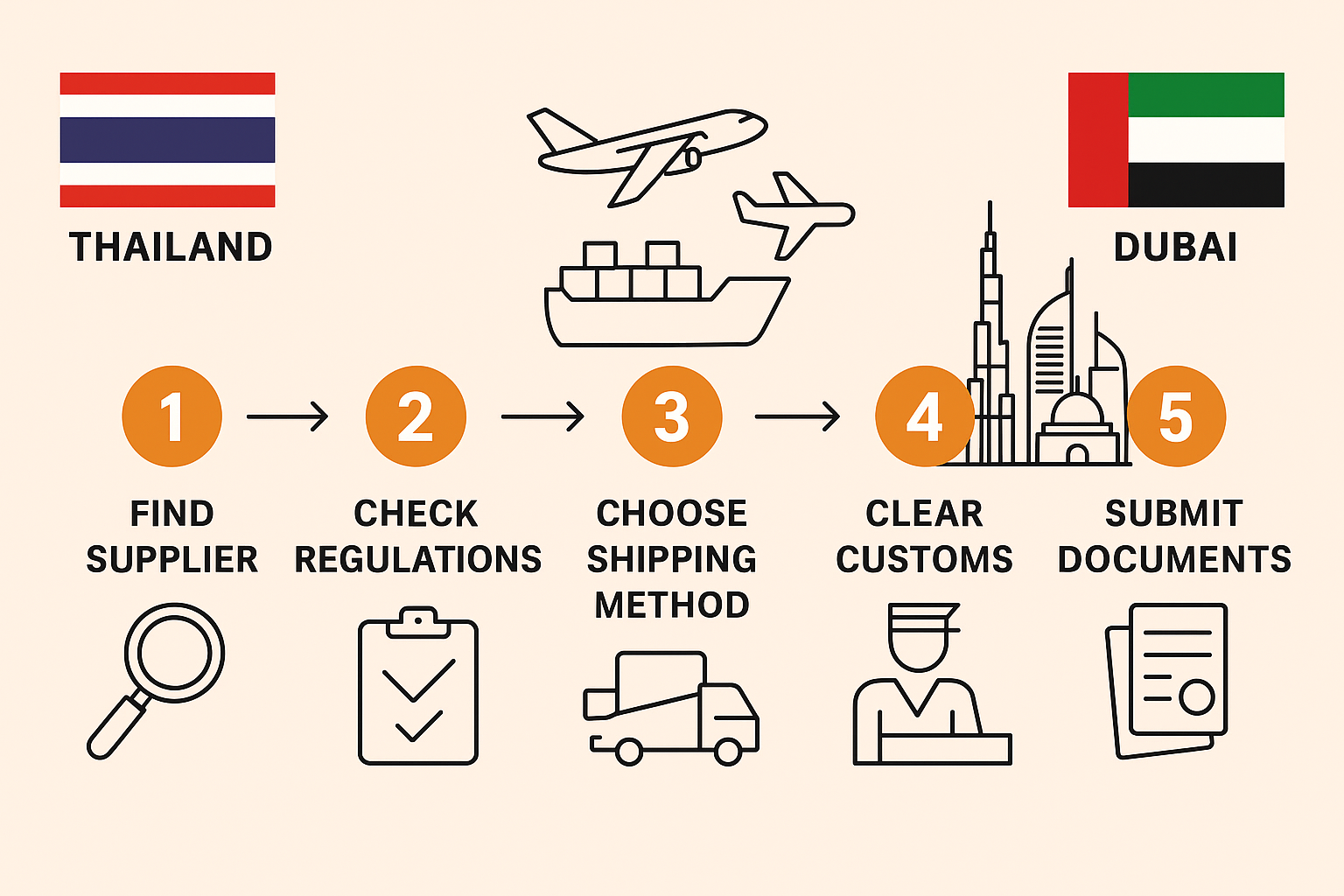7 Ways to Optimize Your B2B Supply Chain Logistics
August 7, 2025

In today's fast-paced B2B environment, efficient supply chain logistics isn't just a nice-to-have — it's a competitive advantage. Optimizing logistics operations can lead to faster deliveries, lower costs, and better customer satisfaction. Whether you’re a manufacturer, wholesaler, or distributor, the following seven strategies will help you stay ahead in the game.
1. Implement End-to-End Visibility
Why it matters:
Real-time tracking and transparency across your supply chain empower better decision-making and quick response to disruptions.
How to do it:
- Use RFID tags and GPS tracking
- Integrate supply chain management (SCM) software
- Share data across partners in real time
2. Leverage Data Analytics for Better Forecasting
Why it matters:
Data-driven forecasting minimizes overstocking and understocking, helping you optimize inventory and reduce storage costs.
Tools to use:
- AI-powered demand planning systems
- Predictive analytics platforms
- ERP integrations with supply chain modules
3. Strengthen Supplier Relationships
Why it matters:
Trust and transparency with suppliers reduce delays, miscommunication, and quality issues.
Best practices:
- Conduct regular performance reviews
- Create strategic partnerships
- Diversify supplier base to mitigate risk
4. Automate Repetitive Processes
Why it matters:
Automation eliminates manual errors, speeds up operations, and allows staff to focus on higher-value tasks.
Examples of automation:
- Electronic data interchange (EDI)
- Warehouse robotics
- Automated order processing
5. Optimize Warehouse Layout and Management
Why it matters:
Efficient warehouses reduce pick-pack-ship times and operational costs.
Tips for improvement:
- Use ABC inventory classification
- Implement a warehouse management system (WMS)
- Design workflows to minimize movement
6. Improve Transportation Strategy
Why it matters:
Choosing the right mode, route, and carrier can significantly impact both delivery time and cost.
Key tactics:
- Consolidate shipments
- Partner with 3PL providers
- Use TMS (Transportation Management Systems) to optimize routes
7. Adopt Sustainable Practices
Why it matters:
Eco-friendly logistics not only align with corporate responsibility but can also improve brand value and reduce long-term costs.
Sustainability initiatives:
- Route optimization to cut emissions
- Switching to electric or hybrid delivery vehicles
- Using recyclable packaging
Conclusion
B2B logistics optimization is a continual process. By adopting these seven strategies, businesses can build a resilient, cost-effective, and scalable supply chain that supports long-term growth and customer satisfaction.
บทความอื่นๆที่ใกล้เคียง
แสดงทั้งหมด
7 Ways to Optimize Your B2B Supply Chain Logistics
August 7, 2025
In today's fast-paced B2B environment, efficient supply chain logistics isn't just a nice-to-have — it's a competitive advantage. Optimizing logistics operations can lead to faster deliveries, lower costs, and better customer satisfaction. Whether you’re a manufacturer, wholesaler, or distributor, the following seven strategies will help you stay ahead in the game.
1. Implement End-to-End Visibility
Why it matters:
Real-time tracking and transparency across your supply chain empower better decision-making and quick response to disruptions.
How to do it:
- Use RFID tags and GPS tracking
- Integrate supply chain management (SCM) software
- Share data across partners in real time
2. Leverage Data Analytics for Better Forecasting
Why it matters:
Data-driven forecasting minimizes overstocking and understocking, helping you optimize inventory and reduce storage costs.
Tools to use:
- AI-powered demand planning systems
- Predictive analytics platforms
- ERP integrations with supply chain modules
3. Strengthen Supplier Relationships
Why it matters:
Trust and transparency with suppliers reduce delays, miscommunication, and quality issues.
Best practices:
- Conduct regular performance reviews
- Create strategic partnerships
- Diversify supplier base to mitigate risk
4. Automate Repetitive Processes
Why it matters:
Automation eliminates manual errors, speeds up operations, and allows staff to focus on higher-value tasks.
Examples of automation:
- Electronic data interchange (EDI)
- Warehouse robotics
- Automated order processing
5. Optimize Warehouse Layout and Management
Why it matters:
Efficient warehouses reduce pick-pack-ship times and operational costs.
Tips for improvement:
- Use ABC inventory classification
- Implement a warehouse management system (WMS)
- Design workflows to minimize movement
6. Improve Transportation Strategy
Why it matters:
Choosing the right mode, route, and carrier can significantly impact both delivery time and cost.
Key tactics:
- Consolidate shipments
- Partner with 3PL providers
- Use TMS (Transportation Management Systems) to optimize routes
7. Adopt Sustainable Practices
Why it matters:
Eco-friendly logistics not only align with corporate responsibility but can also improve brand value and reduce long-term costs.
Sustainability initiatives:
- Route optimization to cut emissions
- Switching to electric or hybrid delivery vehicles
- Using recyclable packaging
Conclusion
B2B logistics optimization is a continual process. By adopting these seven strategies, businesses can build a resilient, cost-effective, and scalable supply chain that supports long-term growth and customer satisfaction.

